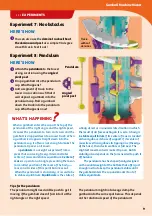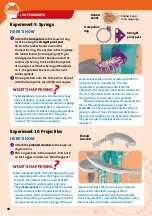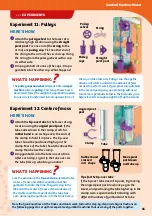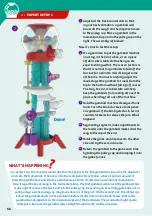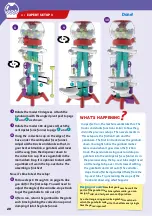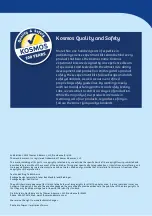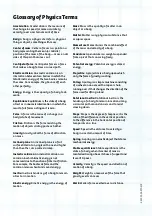
55
01
01
-0
3
-2
70
519
Glossary of Physics Terms
Acceleration: Acceleration is the measure of
the change in speed (or more accurately,
velocity) over a certain amount of time.
Body: A body is a physics term for a physical
thing or object; something with mass.
Center of mass: Center of mass is a point on a
body representing the mean (or middle)
position of the mass of the body — mass on all
sides of this point balances out.
Centripetal force: Centripetal force is a force
that makes a body follow a curved path.
Elastic collision: An elastic collision is an
interaction between two bodies in which the
total kinetic energy of the two bodies remains
the same. For example, they bounce off each
other perfectly.
Energy: Energy is the capacity of a body to do
work.
Equilibrium: Equilibrium is the state of a body
at rest or in unaccelerated motion in which the
result of all forces acting on it is zero.
Force: A force is the cause of a change in a
body’s state of movement.
Friction: Friction is the force resisting the
motion of objects sliding past each other.
Gravity: Gravity is Earth’s force of attraction
on mass.
Inclined plane: An inclined plane is a flat
surface tilted at an angle with one end higher
than the other, also called a ramp.
Inelastic collision: An inelastic collision is a
collision in which kinetic energy is not
conserved due to the action of internal friction.
For example, the bodies deform and the
collision releases heat and sound energy.
Inertia: Inertia is tendency of a body to remain
at rest or in motion.
Kinetic energy: Kinetic energy is the energy of
motion.
Mass: Mass is the quantity of matter in an
object or a body.
Matter: Matter is any physical substance that
occupies space.
Momentum: Momentum is the combined effect
of the mass and velocity of a body.
Pendulum: A pendulum is a weight suspended
from a pivot that can swing freely.
Potential energy: Potential energy is stored
energy.
Projectile: A projectile is a body upon which
only the force of gravity is acting.
Pulley: A pulley is a simple machine consisting
of a wheel on an axle with a rope or chain
running over it that changes the direction of the
force used for lifting a load.
Rotational inertia: Rotational inertia is the
tendency of a body to remain in motion along
a circular path around an axis and to resist
slowing down.
Slope: Slope is the degree of steepness; it is the
ratio of the difference in the vertical position
to the difference in the horizontal position of
two points on a line.
Speed: Speed is the distance traveled by a
body in a certain amount of time.
Spring: A spring is an elastic object that stores
mechanical energy.
Stable equilibrium: Stable equilibrium is the
state of a body when its center of mass is
located vertically above its base of support and
it won’t tip over.
Velocity: Velocity is the speed and direction of
motion of a body.
Weight: Weight is a measure of the force that
gravity exerts on mass.
Work: Work is force exerted over a distance.


